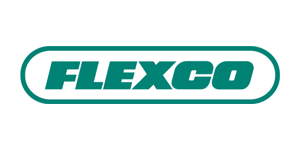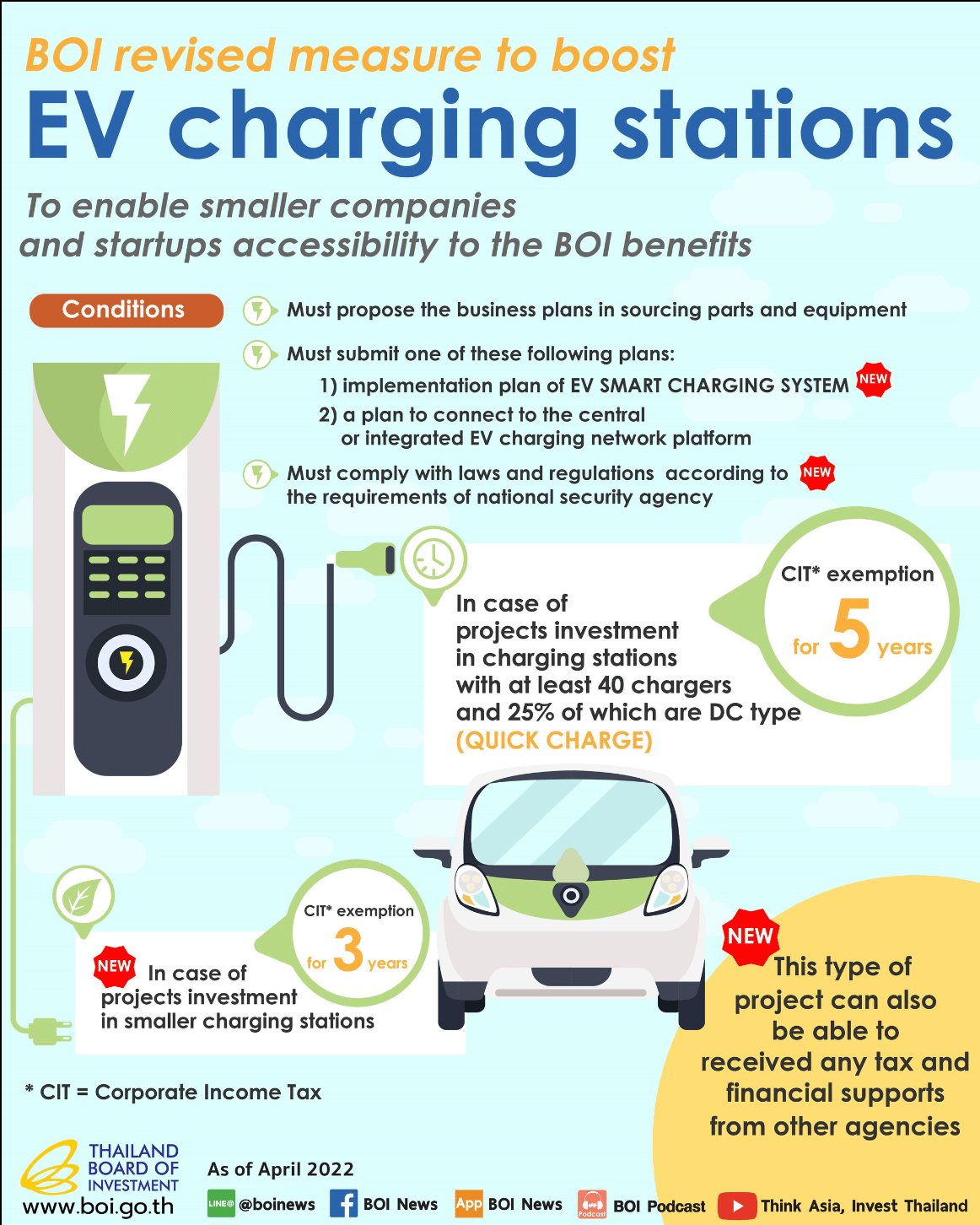GLOBAL FOOTPRINT SERVICES: GLOBAL EXPANSION (ASEAN)
GLOBAL FOOTPRINT SERVICES:
GLOBAL EXPANSION (ASEAN)
GLOBAL FOOTPRINT SERVICES: GLOBAL EXPANSION
BACKGROUND
Global firm needed to increase China/Asia manufacturing capacity. EWA was engaged to develop and implement an Asian Manufacturing Footprint Strategy to drive long-term profitability.
GLOBAL FOOTPRINT SERVICES: GLOBAL EXPANSION
APPROACH

Identifying the expansion criteria
- Company analysis
- Expansion criteria: labor supply/costs, government incentives, inflation rates, availability of raw materials, transport & export logistics, supply chain vendor availability

An in-depth comparative analysis of 6 selected countries
- Philippines, Malaysia, Indonesia, Vietnam, Thailand & China
- Expansion recommendation: Thailand

On the ground interaction
-
- Negotiated conditions for property purchase & property management (waste removal, perimeter security, etc.)
- Negotiated investment incentives with Secretary General of Royal Thailand Board of Investment
- Qualified local Thai vendors to support the company’s manufacturing location
- Met with local legal and accounting firms to identify the necessary criteria for establishing a business entity

Hands-on implementation
-
- Property was purchased and all pre-construction permits/licenses/registrations were acquired by October 2017
- Plant designs, construction budget/timeline & all construction partner contracts were finalized in November 2017
- Plant construction and equipment installation began in January 2018 and was completed in April 2019
- Identification and recruitment of supply chain, distribution & logistics partners was completed in February/March 2019
GLOBAL FOOTPRINT SERVICES: GLOBAL EXPANSION
RESULTS
Government Incentives
-
-
- 8 year tax holiday from CIT, 50% tax reduction for an additional 5 years
-
Cost Reduction †
-
-
- $22.0M tax savings over 10 years
- $4.3M annual labor savings after 5 years
- $1.8M annual material savings after 5 years
- $120/unit average freight savings
-
Company Growth †
-
-
- 42% increase in sales over 5 years
- 53% increase in revenue over 5 years
-
† Company Forecast
Timely Topics To Drive Growth.
Sign up for our webinars.
Sign Up
OUR CLIENTS
accessdata

Adler Pelzer Group

Accuride

aseptia

alliance

amercable

americhem

anisa

calient

corning

chemco

climate-master

curtiss-wright

federal-signal

greenheck

flexco

gore

hilite

HJ-Baker

Icee

mascoat

merichem

micromeritics

nanotex

oerlikon

plasticolors

rudolf-group

silfex

sweco

tile-shop

tedia

titeflex

weber









